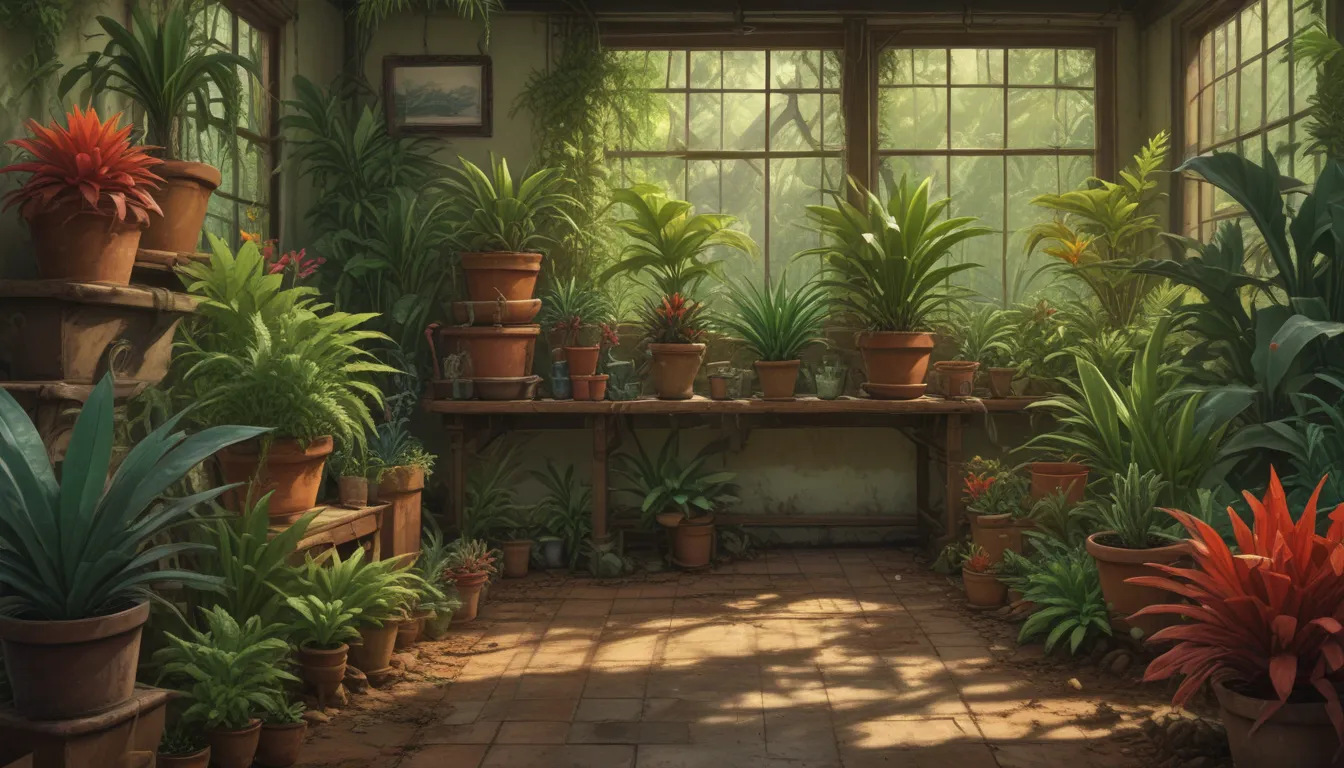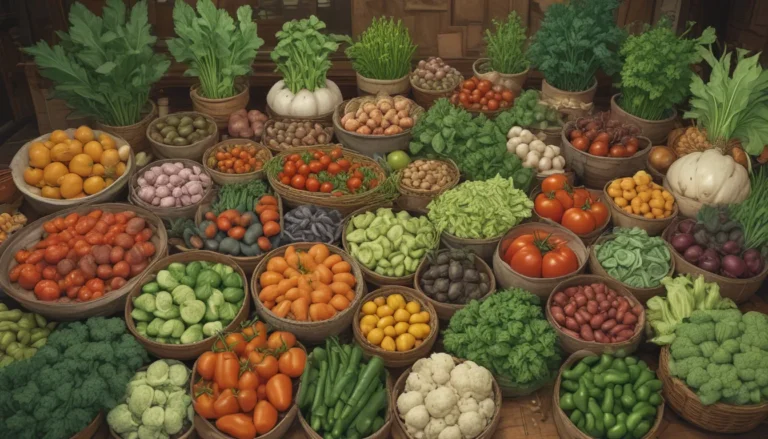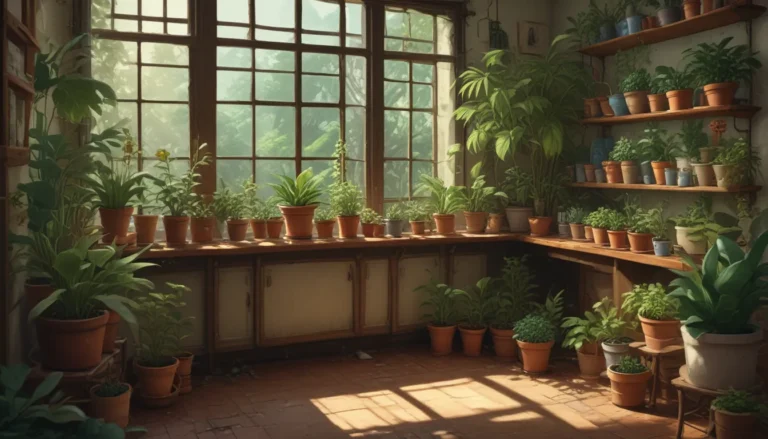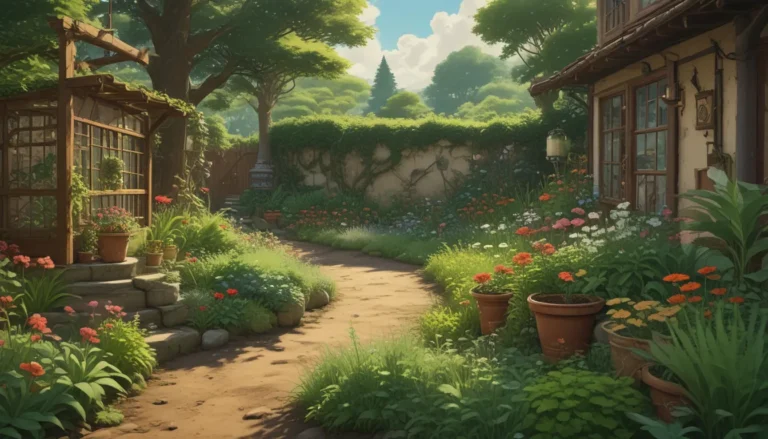A Comprehensive Guide to Watering Bromeliads

Bromeliads are a fascinating group of plants that come in all shapes and sizes, each with unique needs when it comes to watering. Whether you have air plants, epiphytes, or terrestrial varieties, understanding how to properly hydrate them is essential for their health and growth.
In this article, we will delve into the world of bromeliads and explore the best practices for watering these tropical gems. From the amount of water they need to the ideal watering schedule, we’ll cover everything you need to know to keep your bromeliads thriving.
Understanding the Different Types of Bromeliads
Before we delve into the specifics of watering bromeliads, it’s important to understand the different types of bromeliads and their unique watering needs. Bromeliads can be broadly categorized into three groups based on how they store and absorb moisture: air plants, epiphytes, and terrestrial types.
Here’s a brief overview of each type:
-
Air Plants: Air plants, primarily belonging to the Tillandsia genus, are known for their unique ability to absorb water and nutrients from the air through specialized cells on their leaves. These plants require less water than traditional houseplants and benefit from occasional misting and dunking in water.
-
Epiphytes: Epiphytic bromeliads grow on other plants or surfaces, utilizing their roots to anchor themselves and collect water. These plants can absorb moisture from the air and benefit from misting in dry environments. They are typically planted in well-draining soil and should be watered when the top layer of soil is dry.
-
Terrestrial Types: Terrestrial bromeliads, such as those in the Aechema genus, grow in the ground and have cup-shaped rosettes that collect water at the base. These plants thrive in freely draining soil and should be watered thoroughly when the top few inches of soil have dried out.
By understanding the specific characteristics of each type of bromeliad, you can tailor your watering routine to meet their unique needs.
How Much Water Do Bromeliads Need?
When it comes to watering bromeliads, the key is to strike the right balance between hydration and allowing the plant to dry out between waterings. Here’s a breakdown of how much water each type of bromeliad needs:
Air Plants
Air plants are efficient in absorbing water from the air and should be watered less frequently than traditional houseplants. To hydrate air plants properly, dunk them in water for a few seconds once or twice a week. Use rainwater or bottled water to avoid mineral buildup on the leaves. Allow air plants to dry out between waterings and adjust the frequency based on the plant’s location and environment.
Epiphytes
Epiphytic bromeliads can absorb moisture from the air and benefit from occasional misting. Water these plants when the top layer of soil is dry, and fill the cup-shaped rosettes at the base of the leaves while watering. Avoid over-misting to prevent fungal diseases and monitor the plant for signs of underwatering or overwatering.
Terrestrial Types
Terrestrial bromeliads should be watered when the top few inches of soil have dried out completely. Water these plants thoroughly until the excess water drains out of the pot and refill the cup-shaped rosettes at the base of the leaves. Adjust the watering frequency based on the plant’s growth stage and environmental conditions.
By following these watering guidelines tailored to each type of bromeliad, you can ensure that your plants remain healthy and vibrant.
Tips for Happy Bromeliads
While bromeliads have unique watering needs compared to traditional houseplants, they are relatively low-maintenance once you understand how to care for them properly. Here are some additional tips to keep your bromeliads happy and thriving:
-
Observe the plant: Watch for signs of too little or too much moisture, such as wilting leaves or crispy leaf edges. Adjust your watering routine accordingly to meet the plant’s needs.
-
Provide optimal conditions: Bromeliads prefer warm, well-ventilated environments with high humidity. Place your plants near a bright window with diffused sunlight to ensure they receive adequate light.
-
Monitor the substrate: Check the moisture level of the soil regularly and water only when the top layer is dry. Avoid letting water pool in the plant’s rosettes to prevent rot and fungal diseases.
-
Attend to individual needs: Different types of bromeliads may have specific requirements based on their species and growing conditions. Research your plant’s specific needs to provide the best care.
By following these tips and guidelines, you can enjoy a thriving bromeliad collection that adds a touch of tropical beauty to your home.
Share Your Experience
Do you have bromeliads in your collection? What type of bromeliads do you grow, and how frequently do you water them? Share your experiences and tips in the comments below. If you have any questions, feel free to ask – we’re here to help!
For more information on growing and caring for bromeliads, check out these informative guides:
- How to Grow and Care for Queen’s Tears Bromeliads
- When and How to Propagate Bromeliads
- How to Care for Bromeliads After Blooming
We hope you found this guide valuable in understanding how to water bromeliads effectively. Remember to tailor your watering routine to meet the specific needs of your plants and enjoy the beauty of these tropical wonders in your home.
*





